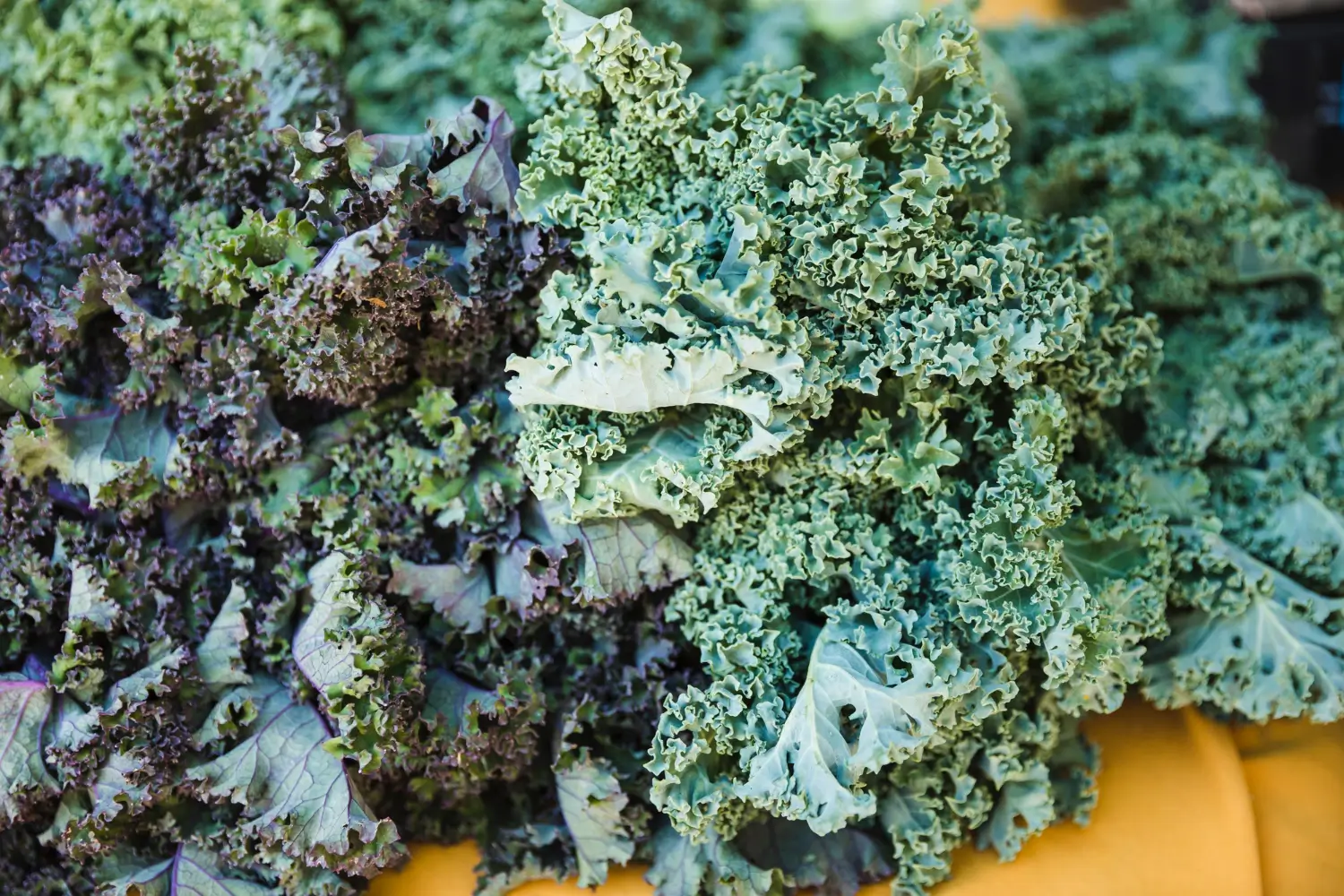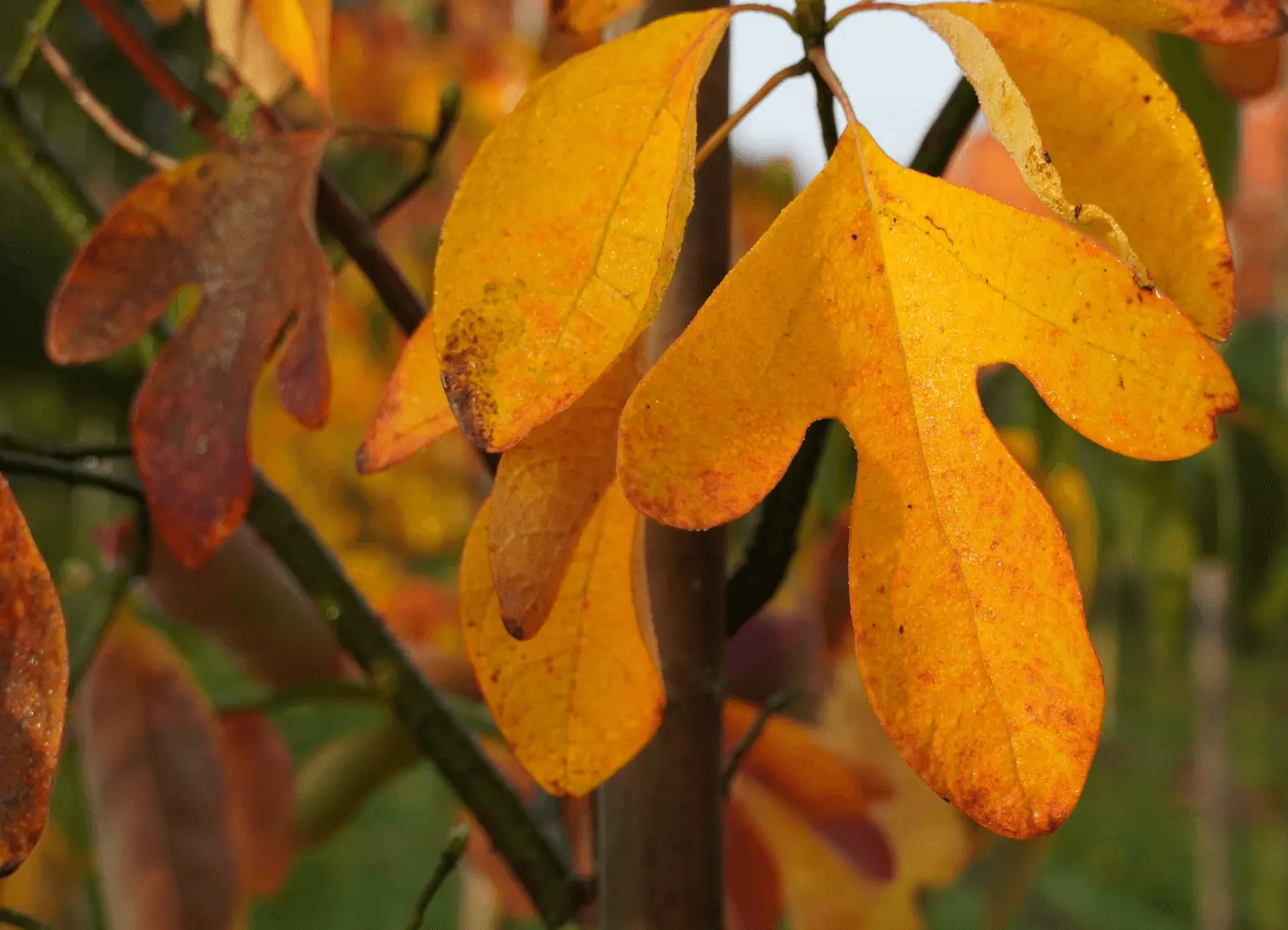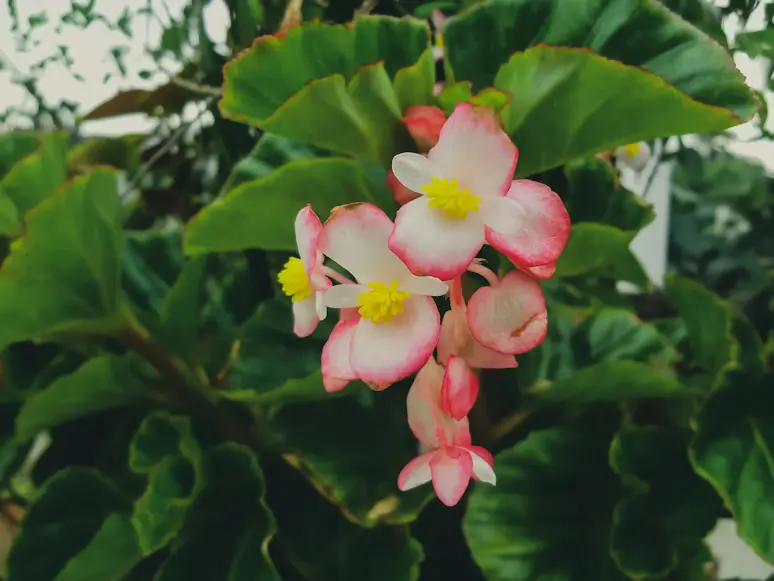
Soil Health & Fertilization
We unite suppliers and green industry professionals worldwide
Few leafy greens are as versatile and nutritious as Kale (Brassica oleracea)
By Victor Miller
|Published on June 12, 2025


Few leafy greens are as versatile and nutritious as Kale (Brassica oleracea). Whether in salads, smoothies or soups and stir-fries, this supercharged vegetable is loaded with vitamins, antioxidants and fiber. Its hardy nature makes it a favorite among home gardeners, thriving in both cool and warm seasons with minimal effort.
With its curly, ruffled or even deep purple leaves, Kale is not just tasty, but also attractive in the garden. As a cold-hardy crop, it can survive frost, becoming sweeter after exposure to chilly temperatures. Whether planting it in raised beds, pots or even in flower borders, Kale is a favorite of gardeners of all experience levels.
This article will provide you with all the information you need to learn how to plant, take care of and harvest kale successfully.
| Common Name | Kale |
| Scientific Name | Brassica oleracea (Acephala group) |
| Type | Biennial (cultivated as an annual) |
| Height | 1-3 feet |
| Grows | Spring, fall, winter |
| Sun Requirements | Full sun to partial shade |
| Soil Requirements | Well-draining, rich in organic matter |

September 25, 2025
9 minute read
September 24, 2025
9 minute read
September 23, 2025
10 minute read
September 22, 2025
9 minute read


Join as a seller and connect with thousands of B2B buyers nationwide!
Sign Up

Elizabeth Magnolia
Magnolia 'Elizabeth' is a graceful deciduous tree known for its soft yellow, lemon-scented flowers that bloom in early spring before the foliage. With its upright form and subtle color, it’s a favorite for adding elegance to any landscape.

Sassafras
With its uniquely mitten-shaped leaves, spicy aroma, and a history rooted in both Native American tradition and Southern cooking, Sassafras is much more than an ornamental tree — it’s a living record of culture, utility and seasonal beauty.

Wax Begonia
The Wax Begonia is a garden favorite for its shiny, waxy leaves, and clusters of long blooming flowers. Available in pink, red, white, and bi-colored forms, this versatile plant thrives in both sun and shade and works beautifully in borders, containers, a

Acoma Crape Myrtle
Acoma Crape Myrtle is a compact, multi-stemmed beauty that delivers spectacular summer flowers and beautiful peeling bark, perfect for small spaces and big impressions! It is famous for having white flowers and smooth, attractive bark.
Kale is a cool-season vegetable that is easy to grow; it does best in nutrient-rich, well-draining soil. It grows best during cooler months and can handle some frost, so it is perfect for spring and fall gardens.
Kale prefers full sun with a minimum of 6 hours of bright sunlight each day. It will, however, tolerate partial shade, especially in hot climates where afternoon shade can prevent wilting.
Kale likes well-draining, rich soil with lots of organic matter. The best growing conditions are in a loamy soil enriched with plenty of compost or aged manure. The ideal pH usually ranges 6.0 to 7.5—slightly acidic to neutral.
Tender, flavorful leaves depend on consistent moisture. Water 1-1.5 inches per week deeply, and keep the soil uniformly moist, not soggy. Mulching around plants encourages moisture retention and weed suppression. Water at the base to avoid fungal diseases.
Trimming them regularly is important for a healthy Kale plant and it also encourages the plant to produce more leaves.
Pruning rejuvenates the plant and allows for a longer harvesting period.
Most Kale varieties are grown from seeds, which makes starting them indoors as well as outdoors quite easy.
Certain varieties of kale can also be grown from cuttings. To do this, take a 4-5 inch cutting from healthy plant, remove the bottom leaves, and put it either in water or moist soil. Roots will typically form after two to three weeks; the new plant can then be transferred to a garden bed or pot.
To keep a steady supply of kale on hand, stagger your plantings every couple of weeks during the growing season.
Due to its compact size, Kale does well in pots, so is an excellent idea for small spaces, balconies or patios.
Container-grown kale is perfect for urban gardeners looking for fresh greens year-round.
Kale is one of the few vegetables that likes cold weather. Indeed, frost makes it taste sweeter. In areas with moderate winters, Kale can be overwintered in the garden. In colder climates:
Depending on the variety, Kale will be ready to harvest 50-70 days after planting. The young, tender baby Kale leaves can be harvested when they are 2-3 inches long and they provide a mild flavor that’s great for salads. With larger, more mature leaves, pick from the outer part of the plant and leave that center growth intact. This will help the plant continue to produce leaves for you.
When you harvest your leaves, cut them with sharp scissors or garden shears at the bottom of the leaf stem. If you want the plant to continue sending up leaves for a few months, leave the central growing point alone. Regularly picked, they encourage new growth and prevent the leaves from becoming too fibrous or bitter.
If you choose to grow Kale into the cooler months, light frost exposure and longer days will sweeten the leaves, so fall and winter harvests have a great taste.
Kale is quite hardy vegetable, but it can face a handful of common issues:
Kale is a powerhouse vegetable that is easy to grow, nutritious and incredibly resilient. Whether in garden beds or containers, this leafy green will just keep producing with little effort on your part. With some TLC - enough sunlight, soil that’s rich in nutrients and just the right amount of watering - you’ll have fresh, homegrown Kale for months. Perfect for beginner gardeners and seasoned growers alike, kale is a must-have addition to any edible garden!
Water deeply 1-1.5 inches per week, adjusting based on rainfall and soil moisture.
Yes! Kale can be grown indoors under grow lights or a sunny window that receives at least 6 hours of direct sunlight each day.
Heat makes kale bitter. Growing in cooler temperatures or after a light frost results in sweeter leaves.
Yes! As long as the central growing point is left intact, kale will continue producing new leaves.

Soil Health & Fertilization
Victor Miller

Pest Identification & Prevention
Victor Miller

Lawn Care Tips & Maintenance
Victor Miller

Soil Health & Fertilization
Victor Miller

Smart Irrigation Systems
Victor Miller

Patios, Walkways & Driveways
Victor Miller

Soil Health & Fertilization
Victor Miller

Pest Identification & Prevention
Victor Miller
My Account
Our team is always here to help.
We are open Monday - Friday, 9:00 AM to 4:30 PM PST.